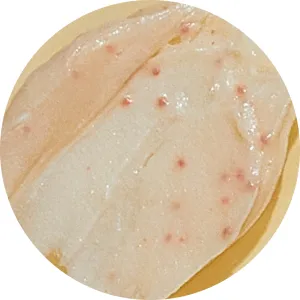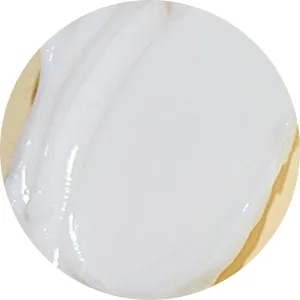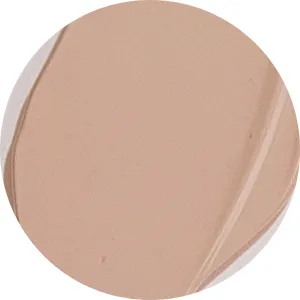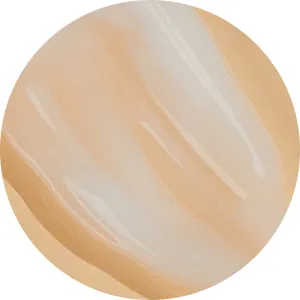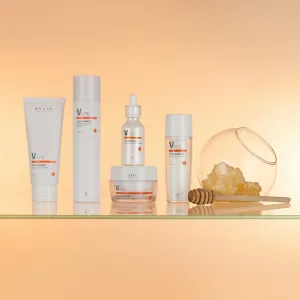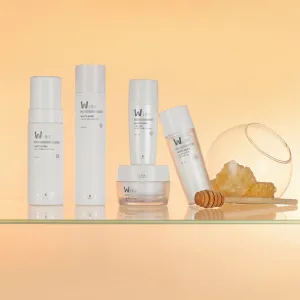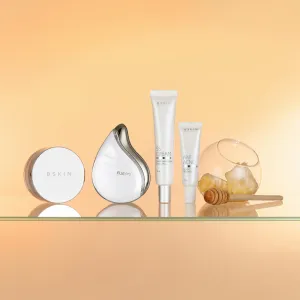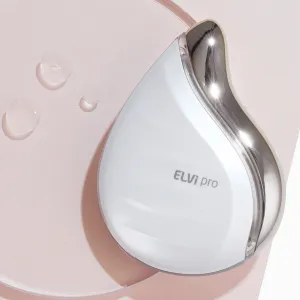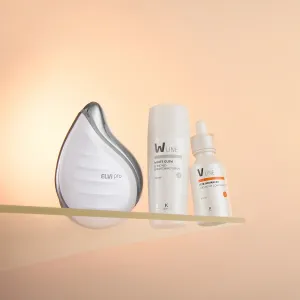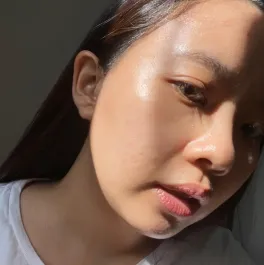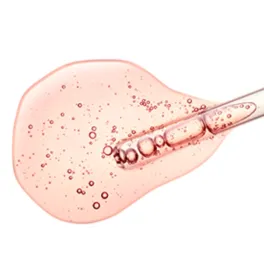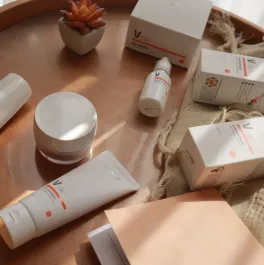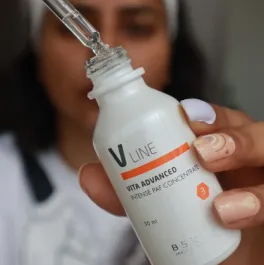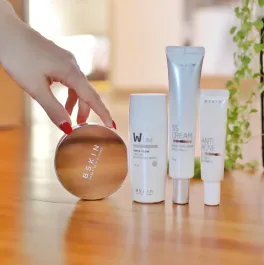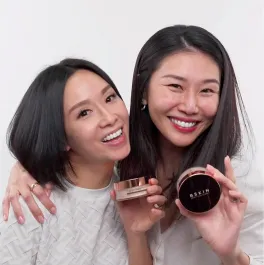Meeting the Challenges of Acne in Adults
Meeting the Challenges of Acne in Adults
Many people think of acne as a teenage problem. But you are not alone if you suffer from acne breakouts as an adult. Approximately 15 percent of Americans have had acne at some point in their lives, and over 50% of adults continue to get this widespread skin disorder well into adulthood.

Many people think of acne as a teenage problem. But you are not alone if you suffer from acne breakouts as an adult. Approximately 15 percent of Americans have had acne at some point in their lives, and over 50% of adults continue to get this widespread skin disorder well into adulthood. It is also possible to develop acne for the first time as an adult. This is referred to as "adult-onset acne." It is widespread in women going through menopause, who are more likely to develop adult acne than men.
This is a multifactorial skin condition that affects the pilosebaceous unit. Disease pathophysiology includes microbial colonization, follicular hyperkeratinization, sebum production, and inflammation. As a result, numerous acne etiologies exist, such as acne mechanica and acne cosmetics. While acne is primarily a cosmetic issue, its consequences can be far-reaching. Acne in adults can have a major influence on psychological well-being, in addition to the discomfort of an unsightly blemish and the scars it can produce.
What Causes Adult Acne?
Most acne sufferers attribute their condition to their families. The pores' hereditary predisposition to become clogged with dead skin cells too quickly, resulting in a cascade of acne-forming events. As a result, some people never "grow out" of their acne until they are considerably older. Others do not have acne during adolescence but begin to break out in their twenties or thirties.
It's unclear why their acne went "dormant" during their adolescence, but as adults, several factors can lead to the emergence of acne problems. A variety of factors cause chronic breakouts, including stress, comedogenics, drugs, makeup, hair and skin products, smoking, pregnancy, and birth control pills. Here are the common causes of adult acne:
- Hormonal variations caused by pregnancy, birth control, PMS, Plan B, medications, and menopause can significantly influence your proclivity for breakouts, triggering severe acne eruptions in women who never had a pimple as teenagers.
- Medical diseases such as polycystic ovarian syndrome (PCOS) and thyroid disorders can harm the skin.
- Bipolar disorder medications like lithium, anticonvulsant medications, thyroid meds, low-dose birth control pills, sobriety drugs, corticosteroids, and others can cause acne.
- Pore-clogging cosmetics, hair care, and skincare products can contribute to adult acne.
- When it comes to acne, smoking can be a factor. According to German researchers at the Technical University of Munich, smoking is a clinically important contributory factor to acne prevalence and severity.
Compliance with Acne Treatment
Even though acne vulgaris severely influences mental health and social connections, treatment adherence is often low. Teens frequently abandon treatment when there is an early sign of improvement. Or when there is a perception of worsening acne and adverse effects of typical topical therapies begin to develop. This shows that side effect minimization, as well as anticipatory advice, may help to increase compliance.
Topical therapies are typically monotherapy or a combination of various topical medicines, or they may be used with oral drugs in both initial control and maintenance. However, when several therapies are recommended, the rate of patients failing to redeem their prescriptions is significant.
Conventional Treatment of Acne
Acne vulgaris topical therapy comprises the use of prescription or over-the-counter medications. Consumer acceptance and effectiveness of traditional pharmacological acne treatments vary, and the results frequently fall short of patients' expectations. Acne treatments of this type are often based on antibiotics, retinoic acid, or benzoyl peroxide.
On one hand, drugs used to diminish C. acnes populations can harm good skin bacteria and alter microbiome equilibrium. Benzoyl peroxide and retinoids, on the other hand, are commonly associated with the development of undesirable side effects such as burning and skin redness. Potential pigmentation changes and increased photosensitivity are among the reported adverse effects.
New Opportunities for The Treatment of Acne
There are more opportunities to meet customer demand for milder, yet more effective acne treatments that can be readily integrated into everyday cosmetic routines. A cosmetic component combination can provide the following benefits:
- Interference with acne etiology at various stages
- Improved aesthetic effects of 'acne' products
- Satisfying extra adult aesthetic desires such as anti-wrinkle, anti-aging effects, and even skin tone
- Managing Post-Inflammatory Hyperpigmentation while avoiding interference with the natural microbiota
How to Counteract Acne Pathogenesis at Different Levels
Acne pathogenesis can be slowed by a variety of methods. Excess sebum production, inflammation, loss of microbial balance, and hyperkeratinization following skin colonization by pathogenic C are the aggravating variables that have so far been identified as targets of anti-acne therapy. Salicylic acid is often used to treat skin disorders such as psoriasis, neurodermatitis, eczema, and warts.
Salicylic acid generally lowers cohesiveness between corneocytes, allowing dead skin cells to slough. Salicylic acid can induce skin irritation and disrupt skin integrity at low pH. Here is a list of drugs that have been shown to combat acne etiology at multiple levels effectively.
- Sodium ascorbyl phosphate
- Niacinamide
- Allantoin
- Stay-C® 50 in combination with allantoin and niacinamide
Benefits of Cosmetics for The Treatment of Acne
STAY-C® 50 and niacinamide, combined with allantoin, tackle different stages of acne production. STAY-C® 50 has an antibacterial action and an anti-oxidant impact that prevents the peroxidation of excess sebum. Because of its keratolytic activity, allantoin promotes the shedding of dead skin cells, minimizing the development of comedones and assisting in the scar-healing process. Niacinamide can help minimize inflammatory lesions in acne while strengthening the skin barrier and making it more robust. Furthermore, the combination has significant promise for removing the unpleasant and time-consuming side effects of traditional acne treatments.
You should consult a dermatologist, if nothing works, to clear up your acne. There is effective treatment available. A dermatologist will frequently employ two or more treatments. So, whether you've had acne your entire life or only recently started breaking out as an adult, there is still hope for your skin. And perhaps some skin rejuvenation to complement your adult acne meds. Contact BSKIN today, and we can help you find a gentle, yet effective solution to your acne problem.
